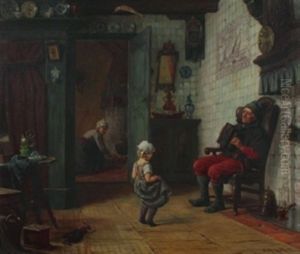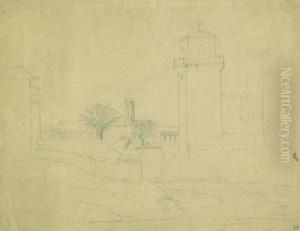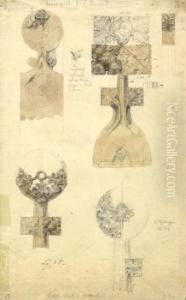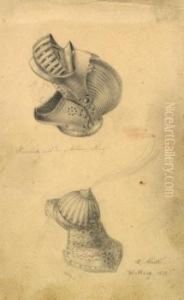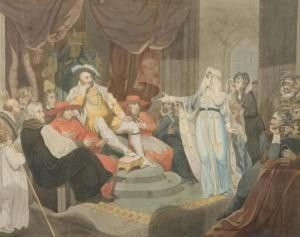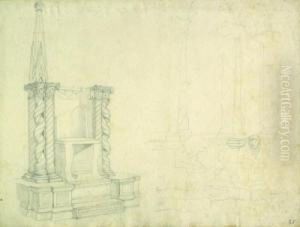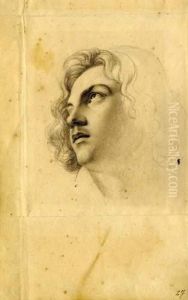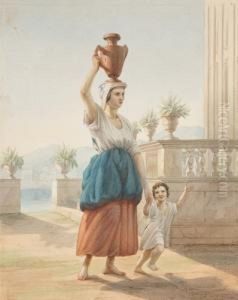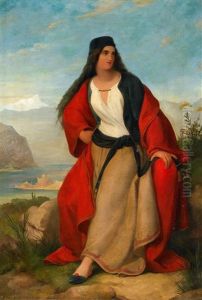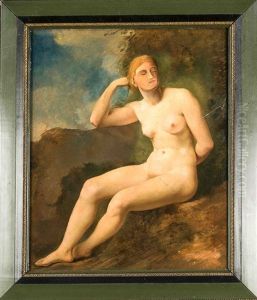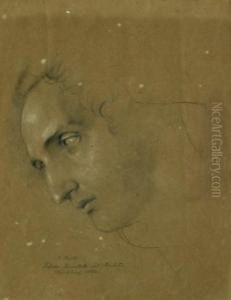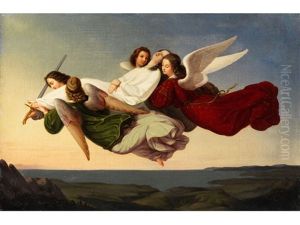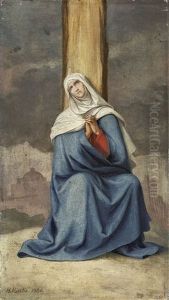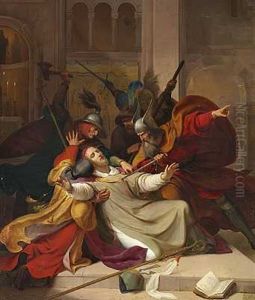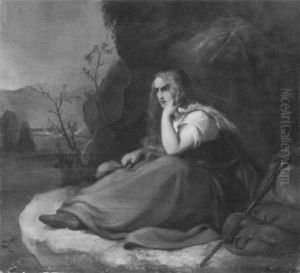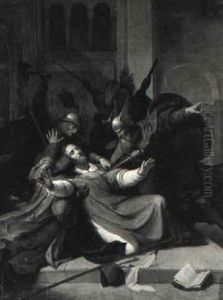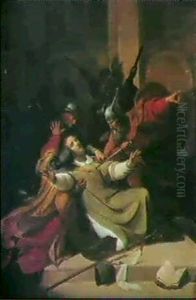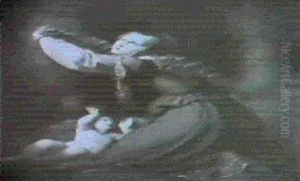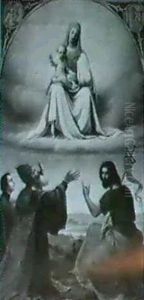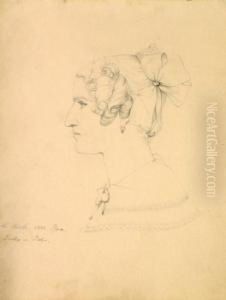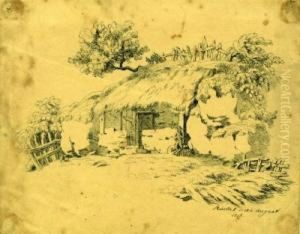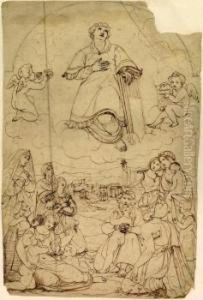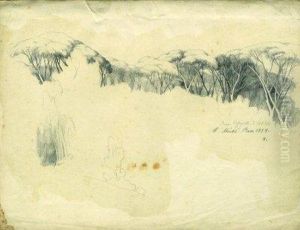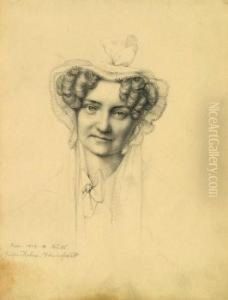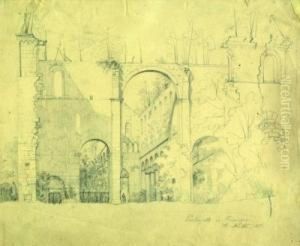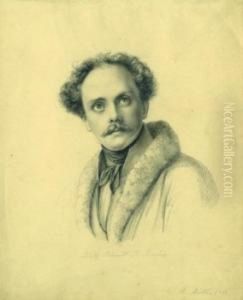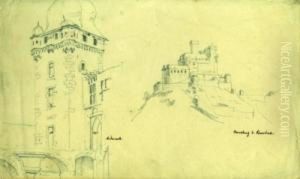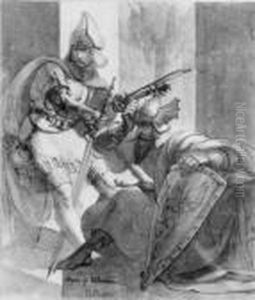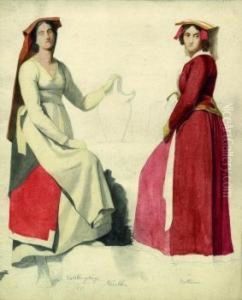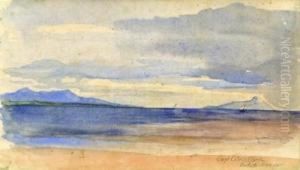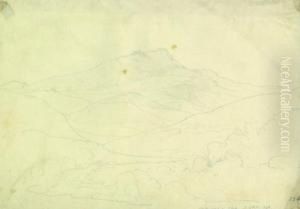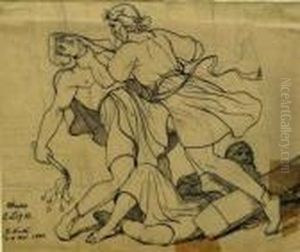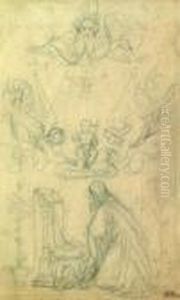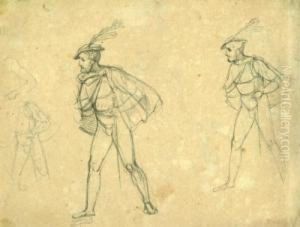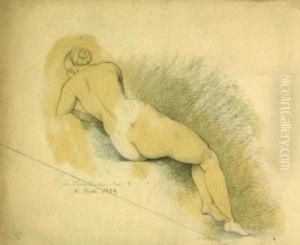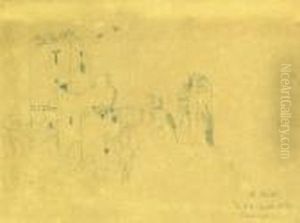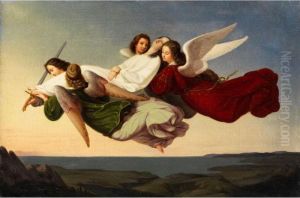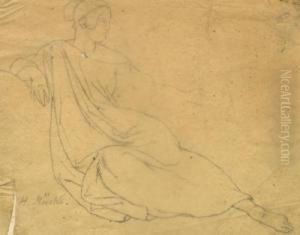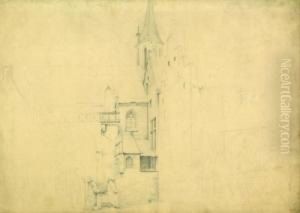Karl Anton Heinrich Mucke Paintings
Karl Anton Heinrich Mucke was a German genre and historical painter, born in Breslau (now Wrocław, Poland) on June 6, 1867. He is not to be confused with Karl Muck, the famous conductor. Mucke's inclination towards arts became evident early on, and he pursued his passion by studying at the Royal Art and Trade School in Breslau. He continued his education at the Academy of Fine Arts in Munich, which was a premier institution for aspiring artists during the late 19th century.
During his time in Munich, Mucke honed his skills and developed a style that was influenced by the academic and historical painting traditions. He was particularly known for his genre scenes that often depicted historical and mythological subjects, as well as for his attention to detail and his ability to convey emotion and narrative through his works.
Mucke's career progressed as he gained recognition for his artistry, and his works were exhibited in various galleries and exhibitions across Germany. His paintings resonated with the tastes of the time, which favored romanticized and idealized representations of historical and mythological themes.
Despite the popularity of his work during his lifetime, Mucke's name is less known today, and he is often overshadowed by other artists of his era. Nevertheless, his contributions to the genre of historical painting are noted by art historians who study the period.
Karl Anton Heinrich Mucke's life was marked by the tumultuous events of early 20th-century Europe, including World War I and the rise of the Nazi regime in Germany. However, there is limited information available on how these events directly impacted his career and personal life. Mucke passed away on February 3, 1947, in Munich, leaving behind a legacy as a skilled painter who captured the spirit of his age through his depictions of historical and mythological scenes.
